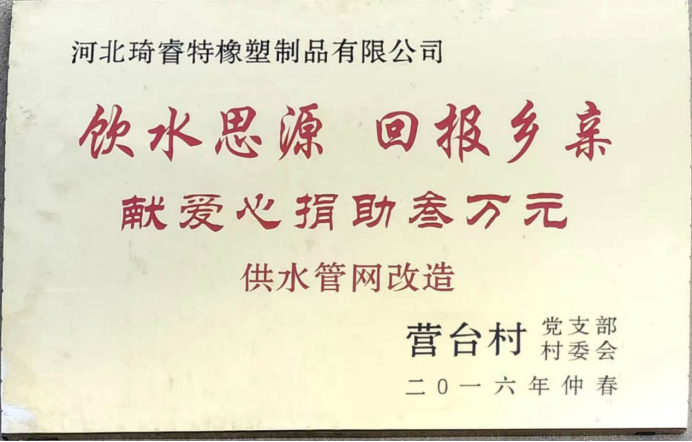Tips for Fixing Power Steering Pipe Issues and Ensuring Optimal Vehicle Performance
Repairing a Power Steering Pipe A Comprehensive Guide
Power steering systems are integral components of modern vehicles, providing drivers with the ability to maneuver their cars with ease. A critical part of this system is the power steering pipe, which transports hydraulic fluid between the steering pump and the steering gear. Over time, these pipes can wear out, develop leaks, or become damaged due to corrosion or impact. Understanding how to repair a power steering pipe can save you both time and money.
Signs of a Faulty Power Steering Pipe
Before we delve into the repair process, it's essential to recognize the signs that indicate your power steering pipe may need attention. Common symptoms include
1. Fluid Leaks Puddles of red or amber hydraulic fluid under your vehicle are often telltale signs of a leaking power steering pipe. 2. Difficulty Steering If you experience resistance when turning the steering wheel or if the wheel feels unusually heavy, it could indicate a problem with the power steering system. 3. Noisy Steering If you hear whining or groaning noises when steering, this could suggest a lack of fluid, possibly due to a leaking pipe.
Tools and Materials Needed
To perform repairs on a power steering pipe, you'll need the following tools and materials
- Wrench set - Screwdriver set - Replacement power steering pipe (if necessary) - Hydraulic fluid - Rags or paper towels - Safety glasses and gloves
Step-by-Step Repair Process
1. Safety First Before starting any repair work, make sure to park your vehicle on a level surface, turn off the engine, and engage the parking brake. Wearing safety glasses and gloves is also advisable.
repair power steering pipe

2. Locate the Power Steering Pipe Open the hood and identify the power steering pump, usually located near the front of the engine. Follow the pipes leading from the pump to the steering gear; the pipe in question will be among them.
3. Inspect the Pipe Look for visible signs of damage, such as cracks, wear, or corrosion. If the pipe is significantly damaged, it may be better to replace it rather than attempt a repair.
4. Remove the Damaged Pipe Using the appropriate wrench, loosen the fittings at both ends of the power steering pipe. If the pipe is rusted or frozen in place, penetrating oil can assist in loosening it. Once loose, carefully remove the pipe and set it aside.
5. Install the New or Repaired Pipe If you're installing a new pipe, position it similarly to the old one. Ensure that all fittings are tightened securely but avoid overtightening, which can damage the threads.
6. Add Hydraulic Fluid After installing the new pipe, refill the power steering system with fresh hydraulic fluid. It's essential to use the recommended type of fluid for your specific vehicle.
7. Check for Leaks Start the engine and let it run for a few minutes while turning the steering wheel from lock to lock. This action will circulate the fluid and help purge any air from the system. After allowing it to run, inspect the connections for any signs of leaks.
8. Test Drive Finally, take your vehicle for a short test drive to ensure everything is functioning correctly. Pay attention to the steering feel and listen for any unusual noises.
Conclusion
Repairing a power steering pipe can be a straightforward task for those with basic mechanical skills. By identifying the signs of a failing power steering pipe and following the proper steps for repair, you can restore the efficiency of your vehicle’s steering system. However, don’t hesitate to consult with a professional mechanic if you’re uncomfortable with any part of the process or if the problem persists after your repairs. Remember, maintaining a healthy power steering system is vital for vehicle safety and performance.
-
Understanding Power Steering Tube ReplacementNewsApr.16,2025
-
SAE J1401 Brake Hoses: A Critical Component for Vehicle SafetyNewsApr.16,2025
-
Pipe Couplings: Essential Components for Effective Plumbing and Fluid SystemsNewsApr.16,2025
-
Hose Guard Solutions for Every NeedNewsApr.16,2025
-
Effective Spiral Protection SolutionsNewsApr.16,2025
-
Effective Sewer Cleaning SolutionsNewsApr.16,2025

